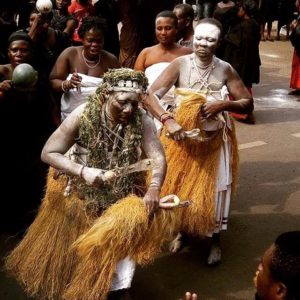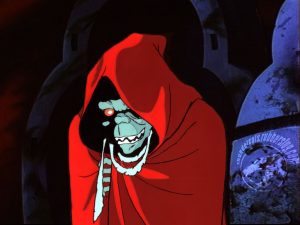The Inca people of South America (today’s Quechua people of the region) formed the largest empire in precolonial Americas. The extent of this empire included regions in present day countries Argentina, Bolivia, Chile, Columbia, Ecuador as well as Peru. The king of the Inca was referred to as a ‘Child of the Sun’. The Sun is of course associated with Sun-gods that were also found in the Lemurian, Egyptian, Nubian, Atlantean, Toltec/Aztec, and Mayan cultures. The Sirian-Reptilians were the Sun gods, starting with An and later with Ra as well as others. Therefore, the child of the Sun, was the child of the Sirian-Reptilian gods (i.e., Earth bloodlines formed out of the Sirian-Reptilian ‘Neteru’/gods, who were positioned to rule in their stead).
Among the Inca, the Sun god who was worshiped was called Inti. Inti could very much be Enki who would fit in well with the Sun god profile. It is said that the origin of this sun god is not known but if one puts together the fact that the kings of the Inca were called ‘children of the sun’ and the sun god was called Inti/ Enki , we can then easily see that the ‘children of the sun’ were the children of Inti/Enki and his faction (e.g., Ra, Heru/Horus etc.). We can also see why Reptilian symbols found their way into Inca culture and religion.
Another interesting name related to the Sirian-Reptilian language is the lake Titicaca (TI-TI-KHAA-KHAA). All the syllables in that derivation are of Reptilian origin. It is said that the origin of the name for the lake is unknown. I guess it can be said that the origin of the name comes from the Sirian-Reptilian language.
Interestingly the cults of the Incan god Inti were placed above those of the Pachamama. Pachamama is translated as ‘Mother Earth’ or the Earth Goddess. Pachamama ‘s festivals were harvesting and planting. It could be that the switch in importance from Pachamama (which is more indigenous) to Inti/Enki could be the Inca switch from the Goddess religions to a monotheistic religion. In Africa, the equivalent would be the preference of the Temple of the Sun (i.e., Amun) spiritual observance over that of the Tano cult/oracle, Tano being a child of Assase Yaa, Mother Earth (equivalent of Pachamana). That is, favouring of the sect of Amun-Mut-Khonsu, which specifically has all the details of the Temple of the Sun spirituality as practiced by the Napata/Naqada and Meroe cultures of Ancient Egypt and Nubia/Kush over Tano (the two have however coexisted and have been practiced by black people since antiquity). There is even a surviving tradition among the Akan people of West Africa for why this switch occurred. I go into extreme detail about these topics in sections 4.12 and 5.1 of my book Kemetic Alchemy and Tantra.
Related blog posts
Decoding the name of the Yucatec-Mayan deity Kukulkan
Imhotep, step pyramids and the buried pyramids of Africa
Why Akan, Igbo and Aztec have the same root



